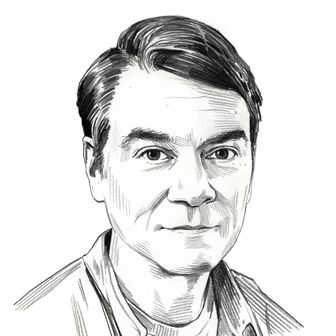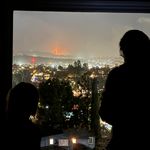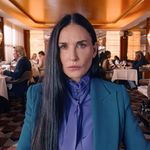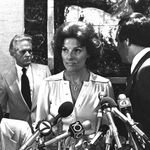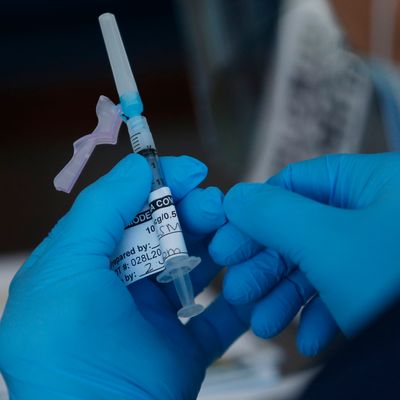
Operation Warp Speed stood as the Trump administration’s one gold-plated achievement, but now it’s looking more like a chintzy bronze façade. Having been denied access to federal vaccine-distribution plans during the transition, President Joe Biden’s incoming staffers said they were chagrined to find upon taking office that there were none. “We are going to have to build everything from scratch,” one source told CNN. Simultaneously, vaccine supplies unexpectedly dried up across the country, forcing New York City and other localities to suspend inoculations. “We’ve had to tell 23,000 New Yorkers who had an appointment this week that they will not be able to get that appointment for lack of supply,” said Mayor Bill de Blasio at a press conference Wednesday.
The first intimations of trouble came last week. “We usually hear what we’re going to get for the following week no later than Wednesday night,” says Andrew Rubin, vice-president for clinical affairs and ambulatory care at NYU Langone Health. “This particular Wednesday, we didn’t hear anything. That, of course, made us anxious. So we started talking to the state more emotionally aggressively on Thursday: Where’s the vaccine? Where’s the vaccine? And, quite frankly, nobody really knew where it was.”
By last Friday, NYU Langone Health had decided not to schedule any appointments for the week ahead. The Mount Sinai Health System began canceling appointments that had already been made. Only on Sunday did it receive confirmation that its allotment would fall short. “They didn’t have the supply to give us,” says Sue Mashni, Mount Sinai’s chief pharmacy officer.
While New York had received a steady supply of doses in the first month after Pfizer and Moderna received approval for their vaccines in December, the number of doses delivered subsequently slipped, from about 300,000 per week to the state overall to 250,000. The city’s allocation dropped from 100,000 doses per week to 53,000.
Mashni still doesn’t know the reason for the hang-up. “We’re doing everything we can to reach out to partners just to get more information, but there just doesn’t seem to be any,” she told Intelligencer. “There’s just a lack of visibility.”
The failure of vaccine supply comes as the pandemic is raging at peak intensity across the country, with the death total crossing 400,000 on Tuesday and the half-million mark expected next month. Demand for the vaccine is so high that a false rumor spread on social media last Thursday that extra doses were available at the end of the day at the Brooklyn Army Terminal for anyone who showed up to ask. Long lines formed in the winter darkness and persisted even after staff told the crowd the rumor was false.
So far, there has been no explanation from the Department of Health and Human Services for the hold-up. For its part, Pfizer reports no hiccups in its production process and anticipates no interruptions in shipments from its plant in Kalamazoo, Michigan. “We have provided [Operation Warp Speed] with a specific schedule, and we foresee no issues in delivering on the commitments we have made,” spokesperson Keanna Ghazvini told Intelligencer.
The shortfall undermines both Governor Andrew Cuomo’s goal of vaccinating 1 million New Yorkers by the end of January and President Biden’s promise to vaccinate 100 million Americans in his first 100 days. Both goals are reachable only under the assumption that both vaccine production and the capacity to administer it to patients increase dramatically, and soon. While the state and the city have successfully ramped up the number and capacity of their distribution centers, shipments of vaccines haven’t kept pace. “When you look at what we’ve been getting, it hasn’t gone up,” Cuomo said at a press conference on Monday.
As of Wednesday, about 11 million Americans had received the first dose of a vaccine, a significant underperformance of the expectations set by then–HHS Secretary Alex Azar, who said last month that 50 million might receive a first jab by the end of January.
If deliveries remain slow, the pandemic’s grip will last commensurately longer. Just to vaccinate the 7 million New York residents who currently meet vaccination criteria, “you’re talking about seven months,” Cuomo said. To reach herd immunity nationally, estimated at 75 percent of the population, would take until 2022 at this rate. If a significant portion of the population remains unprotected come fall, that opens up the possibility of another major wave of infection and death then. And this doesn’t even count new variants of the virus that are more transmissible.
At a press conference during his first full day in office, Biden declared, “The rollout has been a dismal failure thus far. I understand why Americans are frustrated,” adding, “Let me be very clear, things will get worse before they get better.” He announced that his administration would establish a network of vaccination centers, improve communication and coordination with state and local authorities, and use the Defense Production Act to boost vaccine production, all with an eye to meeting his 100-day pledge.


